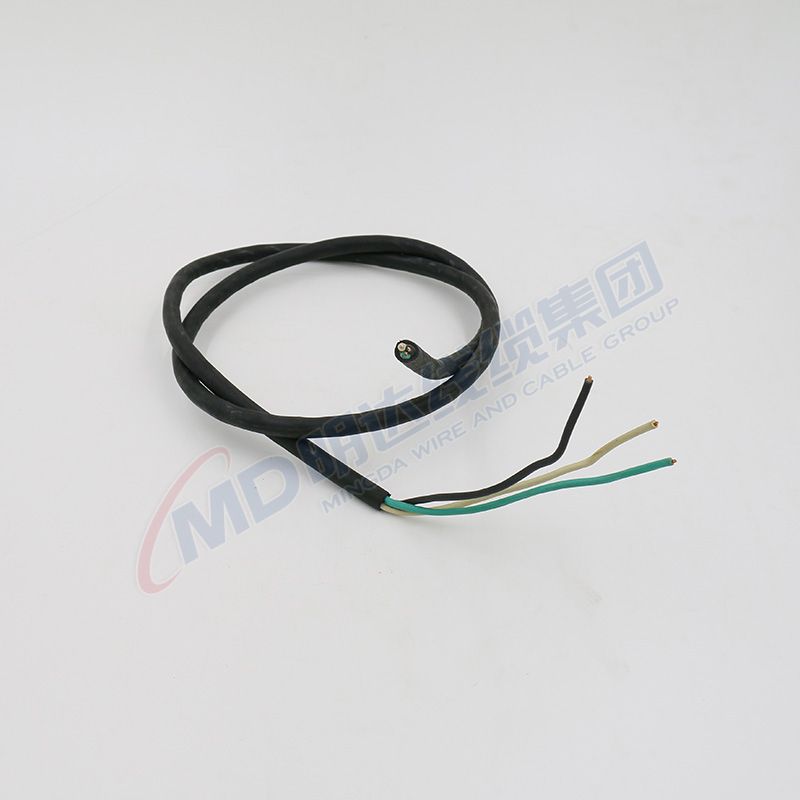Nov . 27, 2024 00:42 Back to list
Understanding the Functionality of Double Ball Check Valves for Efficient Flow Control
Understanding the Double Ball Check Valve Functionality, Advantages, and Applications
In the realm of fluid control systems, various types of valves play critical roles in ensuring efficient and safe operation. One such innovation is the double ball check valve, a device that has garnered attention due to its unique structure and functionality. This article aims to illuminate the features, benefits, and applications of the double ball check valve, while also comparing it to other check valves.
What is a Double Ball Check Valve?
A double ball check valve operates on a simple yet effective principle. It consists of two spherical balls positioned within a cylindrical housing. These balls are typically made of durable materials such as plastic, metal, or rubber, allowing them to withstand various pressures and temperatures. The design is such that when fluid flows in the intended direction, it pushes the balls away from their seats, allowing the fluid to pass through. Once the flow ceases or reverses, the balls are forced back to their seats by gravity or spring mechanisms, effectively sealing the valve and preventing backflow.
Key Features and Advantages
1. Backflow Prevention The primary function of any check valve, including the double ball check valve, is to prevent backflow. This is crucial in systems where backflow can lead to contamination or system failure.
2. Simplicity in Design The straightforward design of the double ball check valve minimizes the chances of malfunction. With fewer moving parts than other types of valves, it requires less maintenance and is generally more reliable.
3. Versatility Double ball check valves can be used in various applications, from water supply systems to industrial processes. Their compatibility with a broad range of fluids, including liquids and gases, makes them an excellent choice for diverse industries.
4. Durability With components that can withstand high pressures and temperatures, double ball check valves exhibit a longer service life. This durability results in cost savings over time due to reduced replacement and maintenance needs.
5. Flow Direction Indication In addition to preventing backflow, some double ball check valves feature indicators to show the direction of flow. This can be particularly beneficial in complex piping systems.
double ball check valve

Applications of Double Ball Check Valves
The versatility of double ball check valves allows for their implementation across various sectors
- Water and Wastewater Management In municipal water systems, double ball check valves are employed to prevent backflow that could contaminate potable water supplies. In wastewater treatment facilities, they help maintain the integrity of systems by preventing backflow that could lead to environmental hazards.
- Industrial Processes Manufacturing plants utilize double ball check valves in processes involving chemicals or other hazardous materials, ensuring that backflow does not compromise safety or system integrity.
- Agriculture In irrigation systems, these valves help maintain unidirectional flow, preventing the backflow of contaminated water into clean supply lines.
- HVAC Systems In heating, ventilation, and air conditioning systems, double ball check valves are utilized to regulate flow and ensure that systems operate efficiently without backflow complications.
Comparison with Other Check Valves
While various types of check valves exist, the double ball check valve stands out due to its unique mechanism. Compared to swing check valves or lift check valves, which rely on the motion and weight of a single disc or gate, the double ball check valve's dual-ball design offers enhanced reliability in preventing backflow. Moreover, it is less prone to wear and tear, making it a preferable option in many applications.
Conclusion
In conclusion, the double ball check valve is a pivotal component in many fluid control systems. Its reliable design, effective backflow prevention, and versatility across multiple industries make it an indispensable tool for engineers and technicians. As industries continue to evolve and seek efficient solutions for fluid management, the double ball check valve will undoubtedly remain a critical player in the field, ensuring system integrity and safety in various applications. Understanding its functionality and advantages can aid in making informed decisions when choosing components for fluid transfer systems, ultimately leading to enhanced performance and reliability.
Share
-
Reliable Wafer Type Butterfly Valves for Every IndustryNewsJul.25,2025
-
Reliable Flow Control Begins with the Right Ball Check ValveNewsJul.25,2025
-
Precision Flow Control Starts with Quality ValvesNewsJul.25,2025
-
Industrial Flow Control ReliabilityNewsJul.25,2025
-
Engineered for Efficiency Gate Valves That Power Industrial PerformanceNewsJul.25,2025
-
Empowering Infrastructure Through Quality ManufacturingNewsJul.25,2025